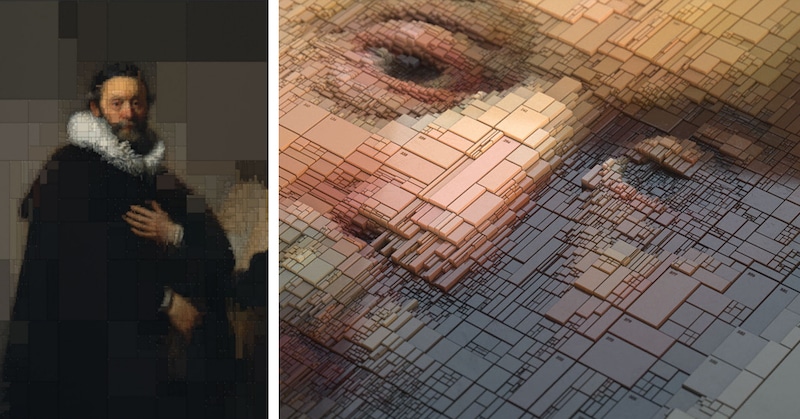
Athens-based art director and visual designer Dimitris Ladopoulos breathes new life into centuries-old paintings. Blending traditional art with new technology, Ladopoulos inventively employs an algorithm that transform historic portraits into complex contemporary studies of color.
Using data display methods inspired by treemapping, the designer has modernized two works of art: Portrait of Johannes Wtenbogaert (1633) by Dutch master Rembrandt Harmensz van Rijn and Portrait of Rosalba Peale (ca. 1820) by American portrait painter Rembrandt Peale. In each case, Ladopoulos digitally breaks down the pieces into countless rectangles. Comparable to “the painters’ approach of using broader and finer strokes,” the rectangles reveal the subtle shifts in tone behind seemingly solid colors.
Ladopoulos crafted each fascinating color study using a procedural algorithm he created last year using Houdini, a 3D animation software. “Designed to produce random geometric patterns,” this tool produces and splits rectangles according to user-defined iterations, culminating in mosaic-like compositions reminiscent of pixelated portraits. When applied to the portraits, this one-of-a-kind approach to art makes Ladopoulos’ ability to “combine storytelling with a strong sense of art direction” crystal clear.
Art director and visual designer Dimitris Ladopoulos has created an algorithm that can transform a historic painting into a contemporary color study.
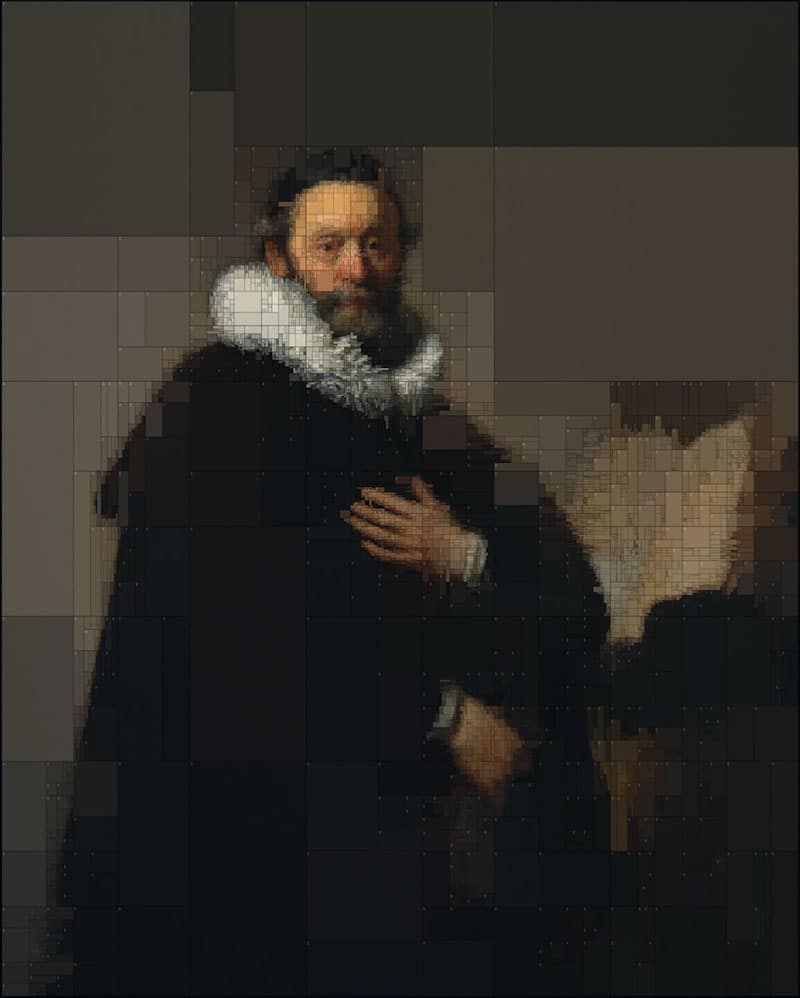
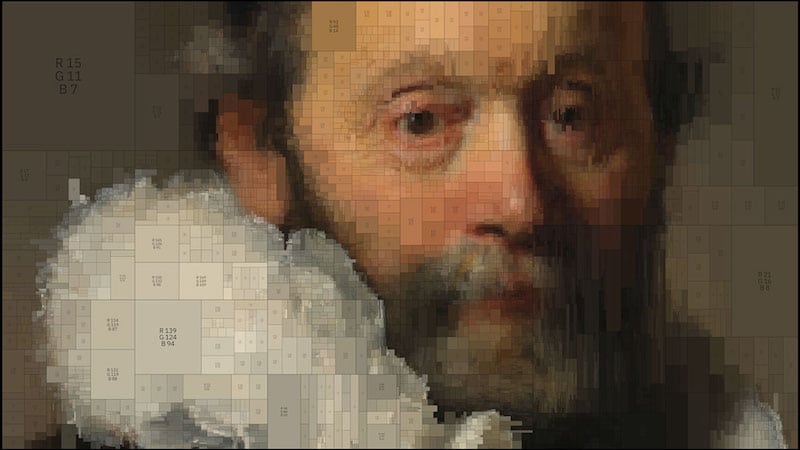
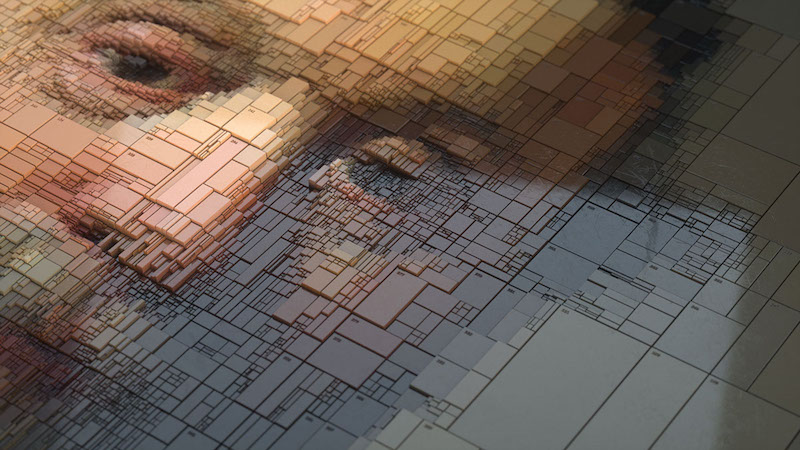
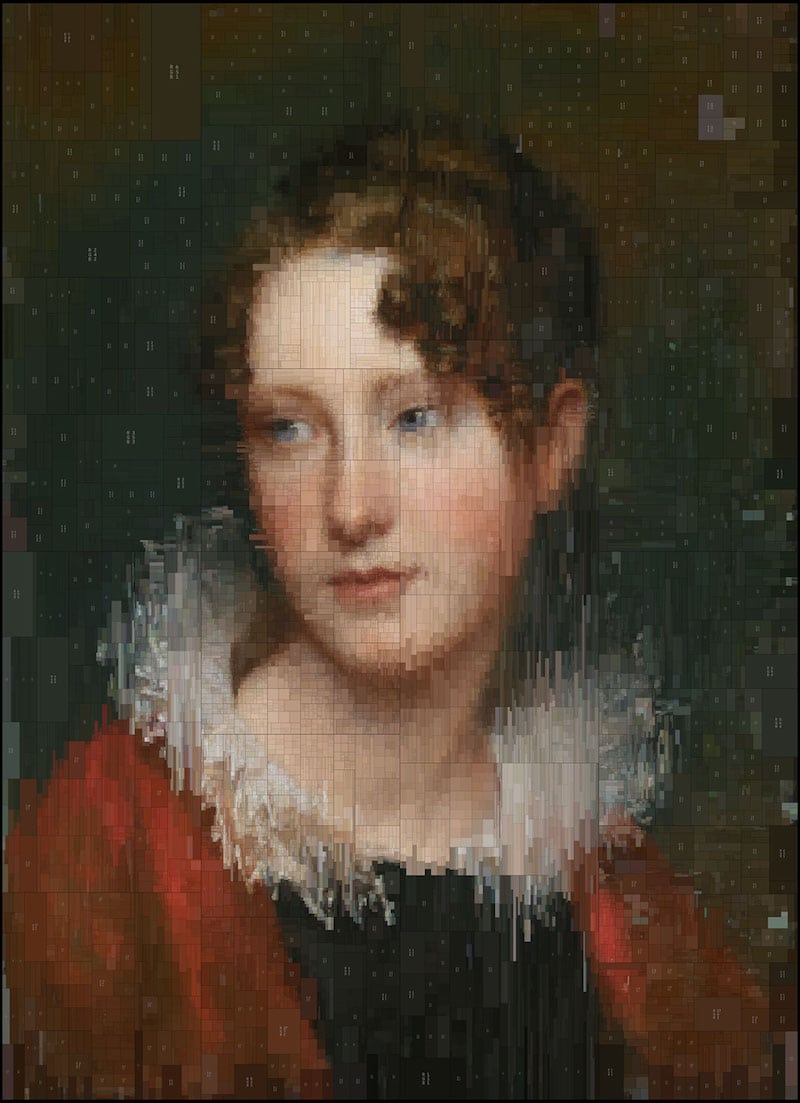
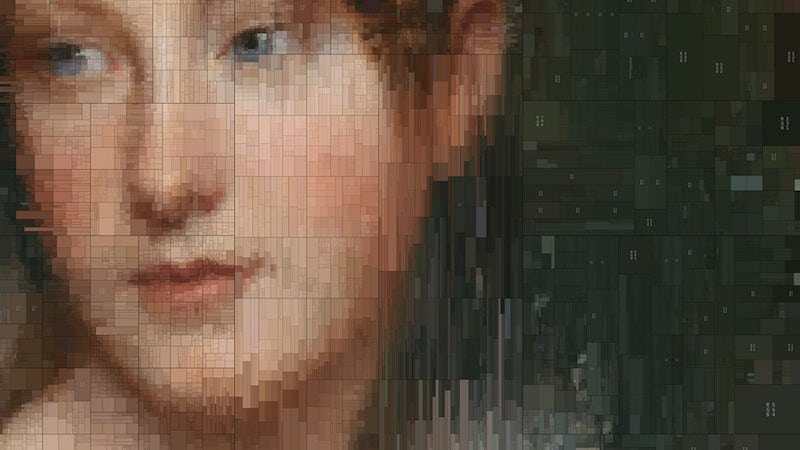
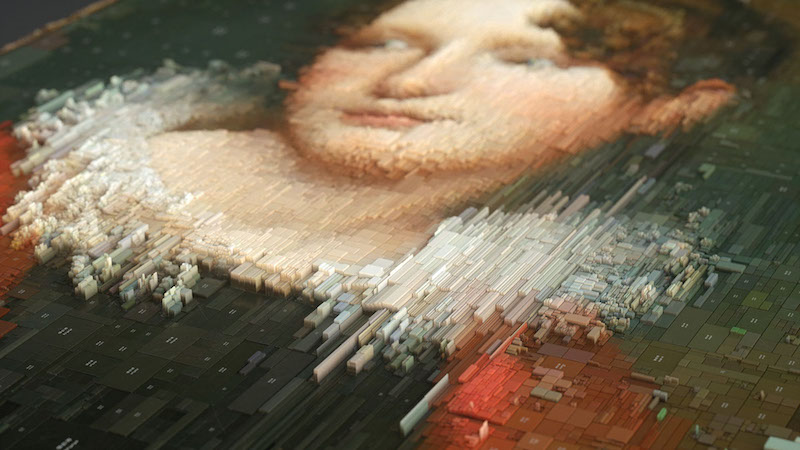
To create each work of algorithm art, Ladopoulos uses treemapping-inspired methods and 3D animation software.
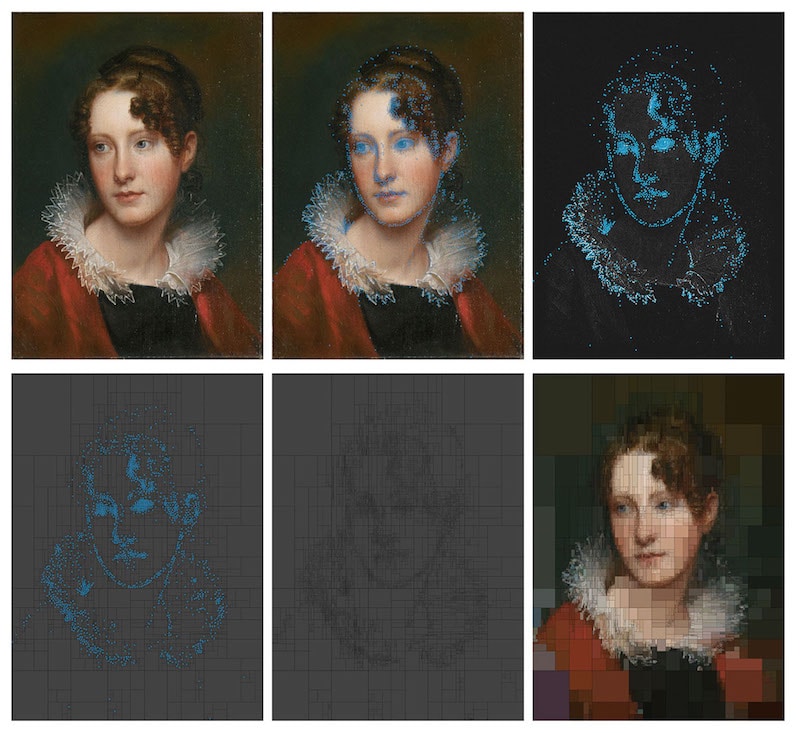
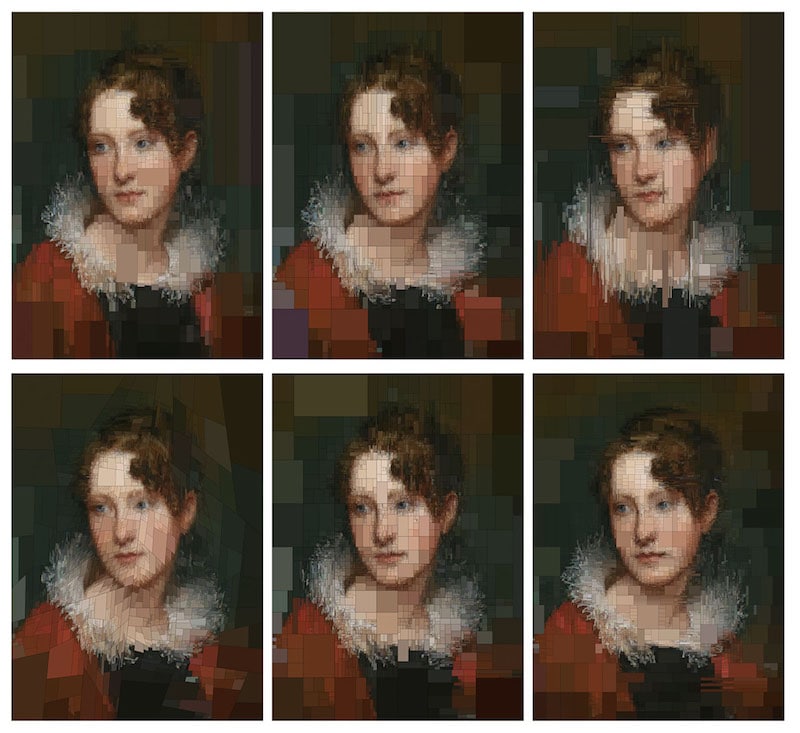
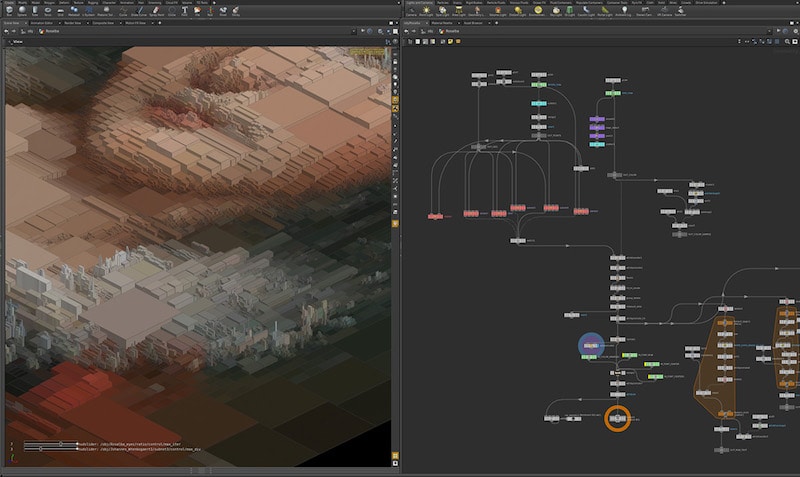
This results in 3D works of art that convey the complexity of color and reimagine brushwork.
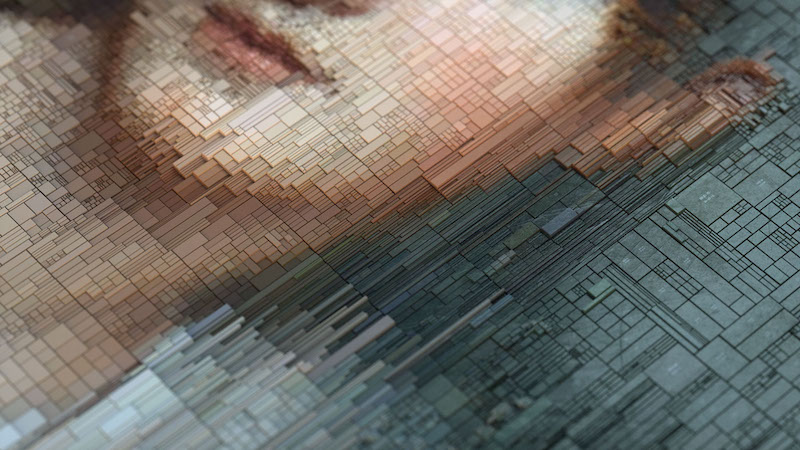
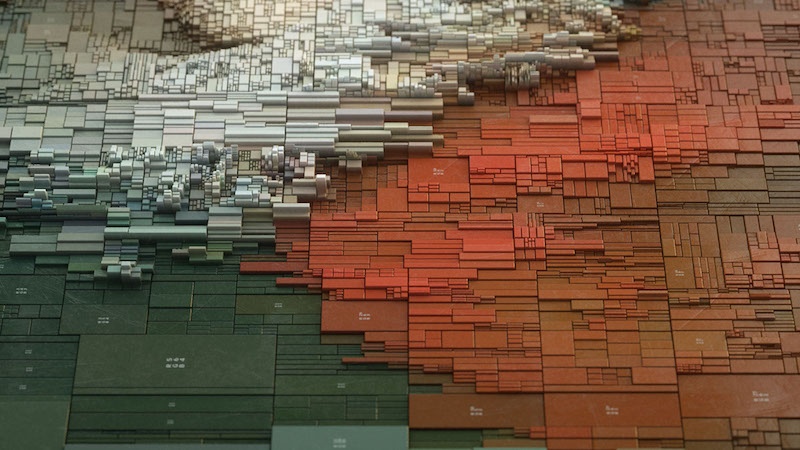
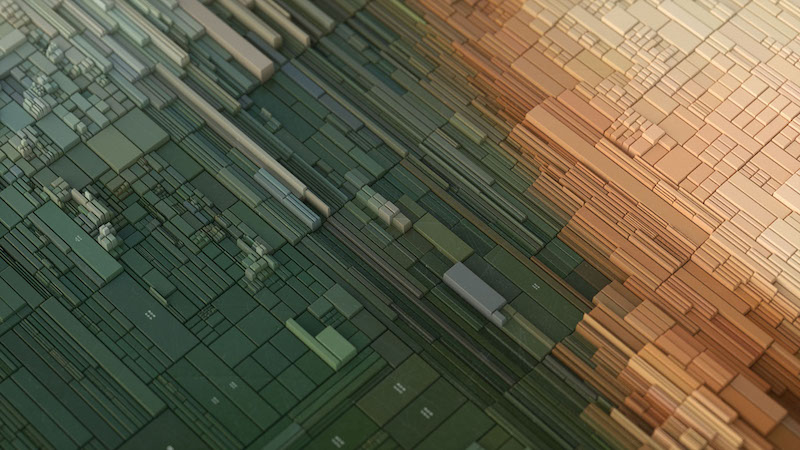
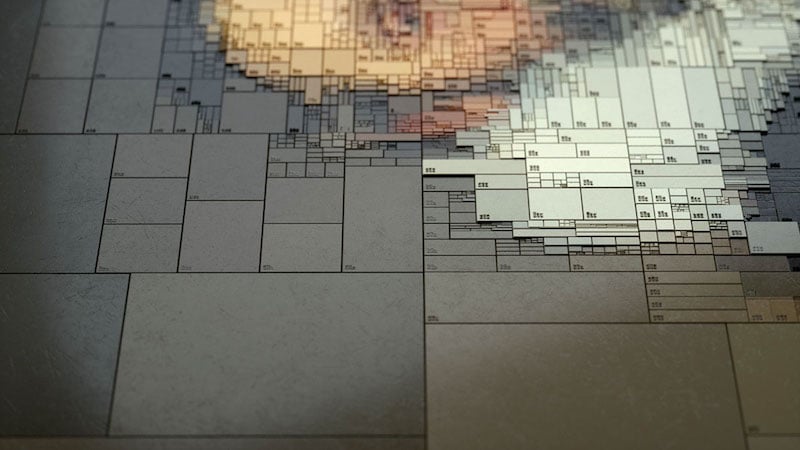
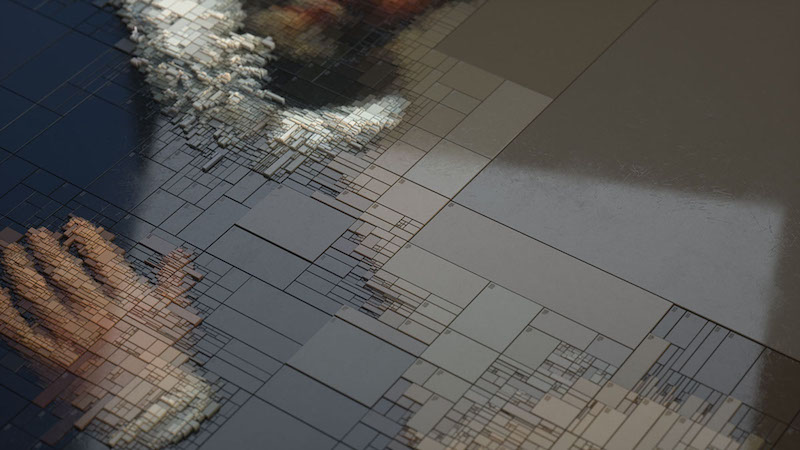
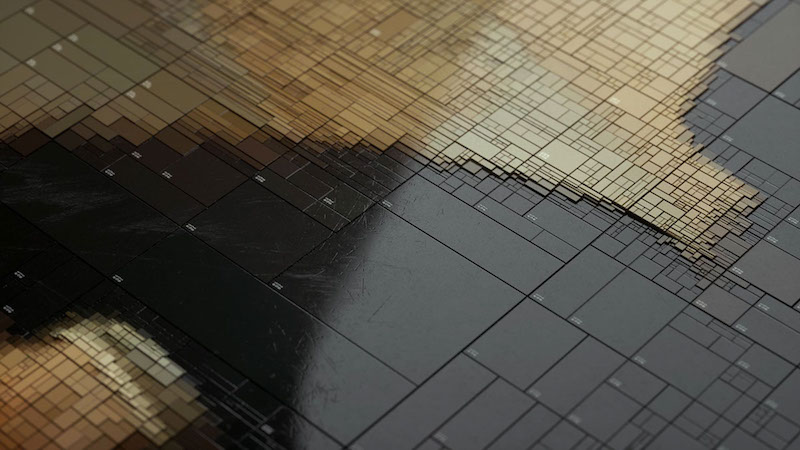 Dimitris Ladopoulos: Website | Behance | Flickr | Instagram | Facebook | Twitter | 500px
Dimitris Ladopoulos: Website | Behance | Flickr | Instagram | Facebook | Twitter | 500px
My Modern Met granted permission to use photos by Dimitris Ladopoulos.
Related Articles:
20 Classic Works of Art Modernized by Clever Contemporary Artists
Amazing Pixelated Portraits Made Out of Carefully Arranged Paint Swatches
